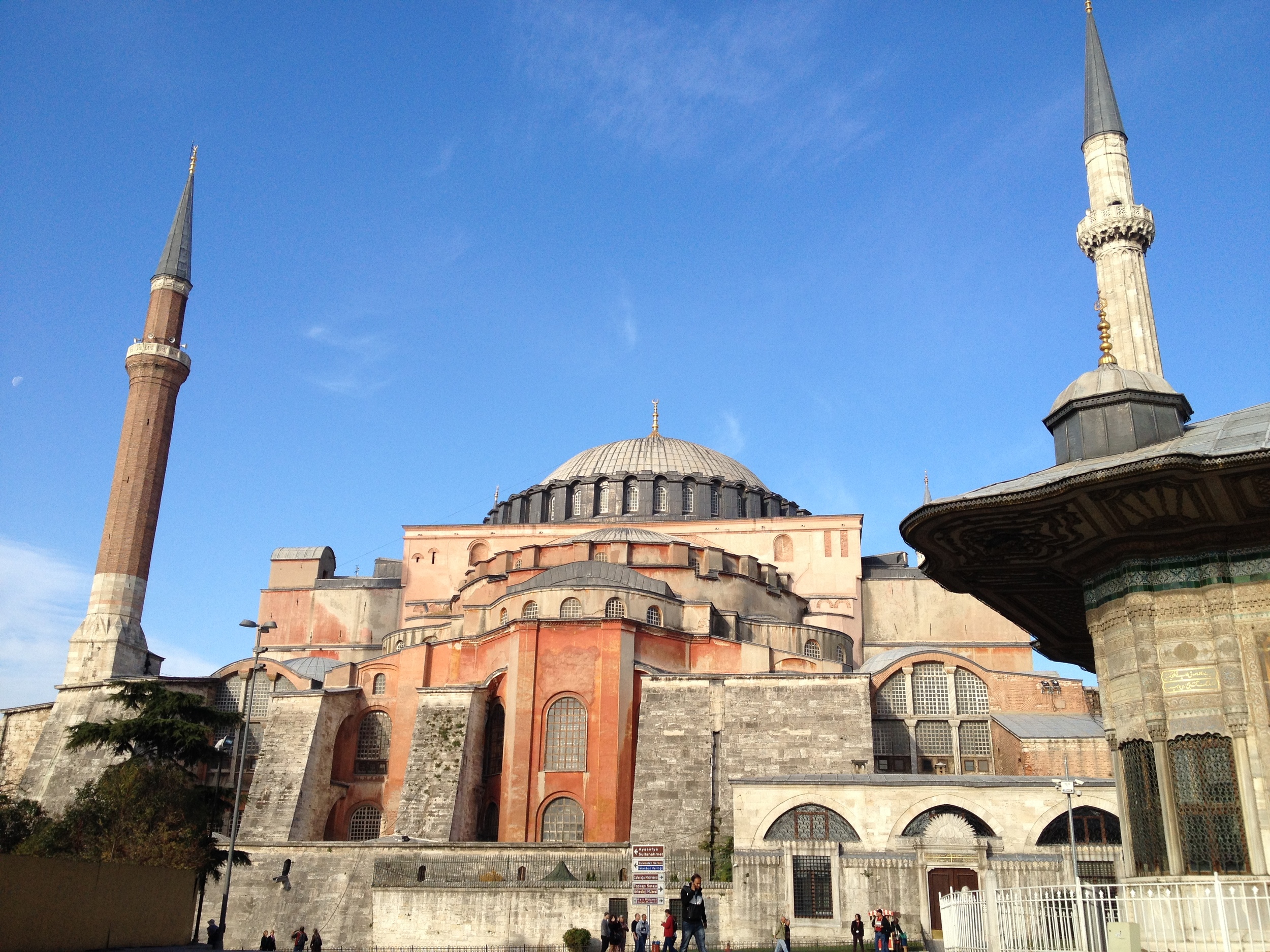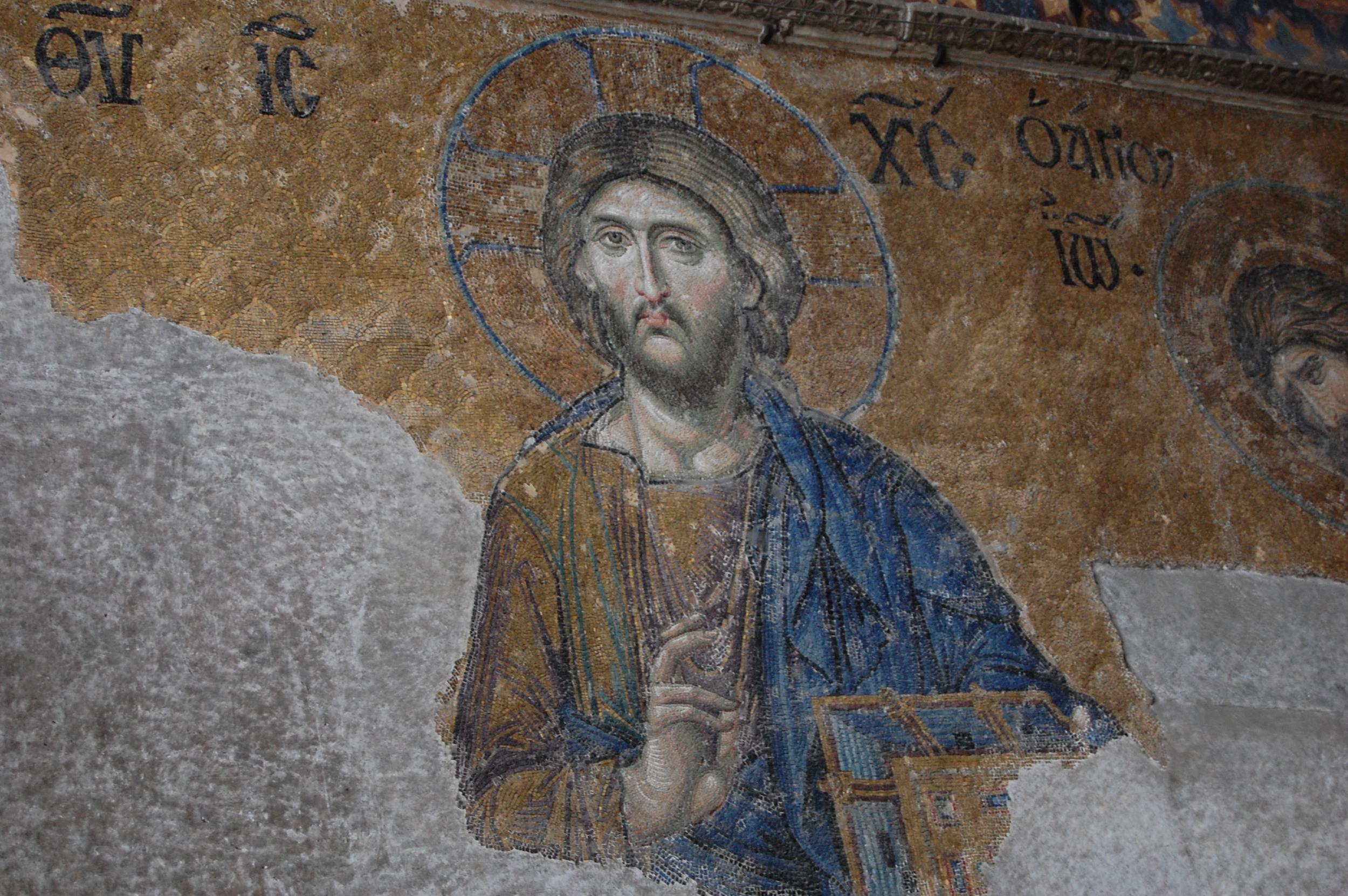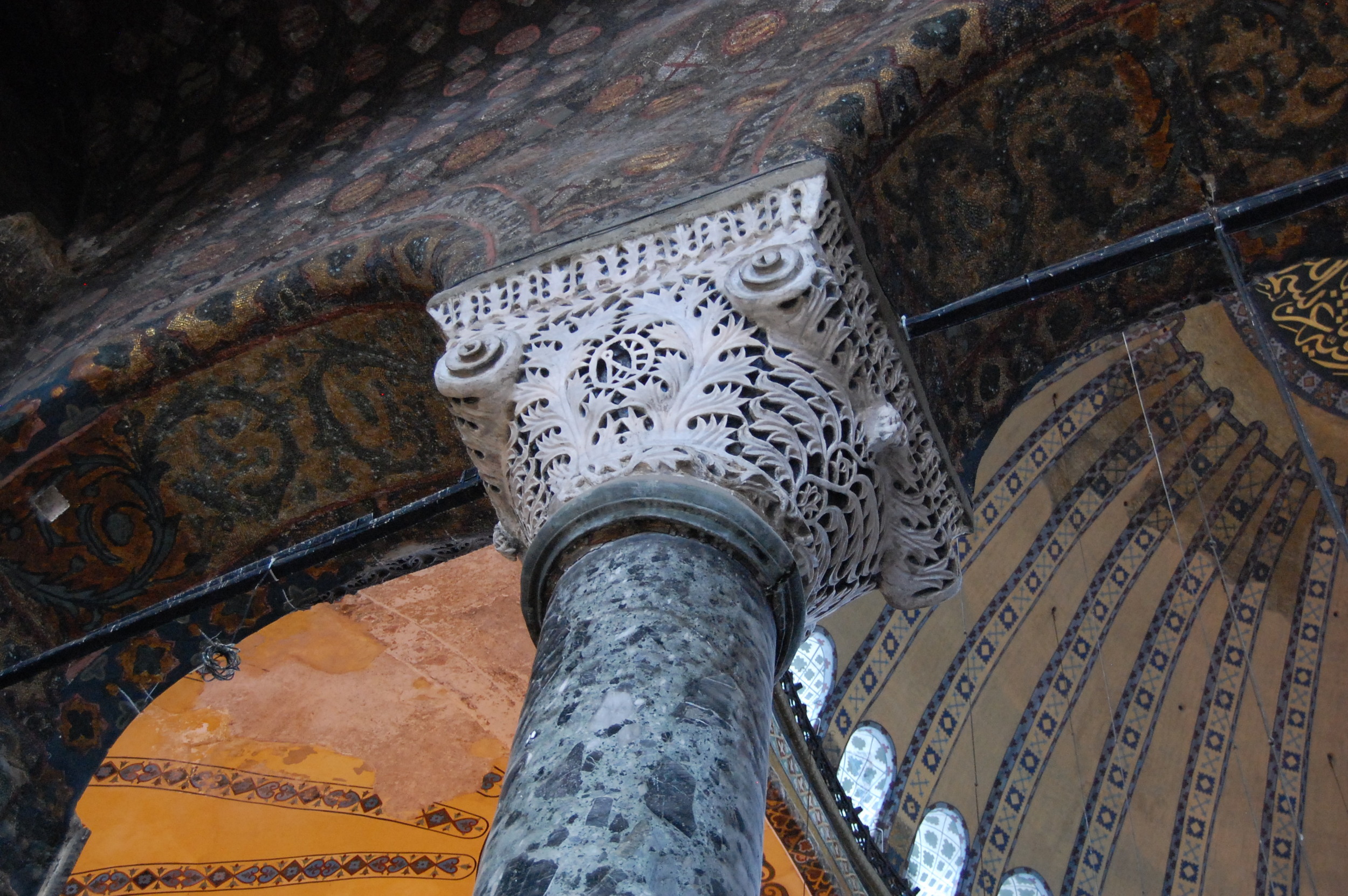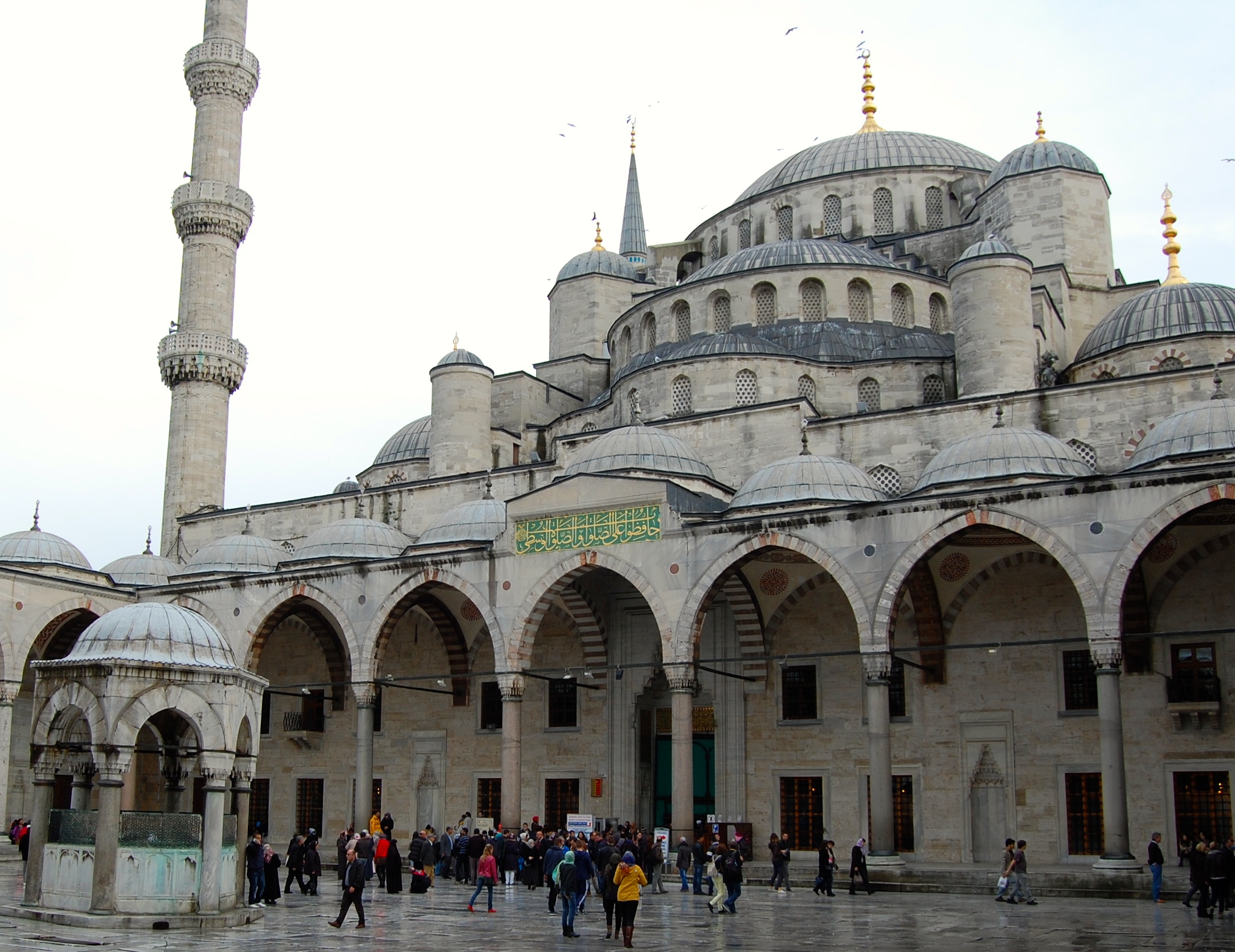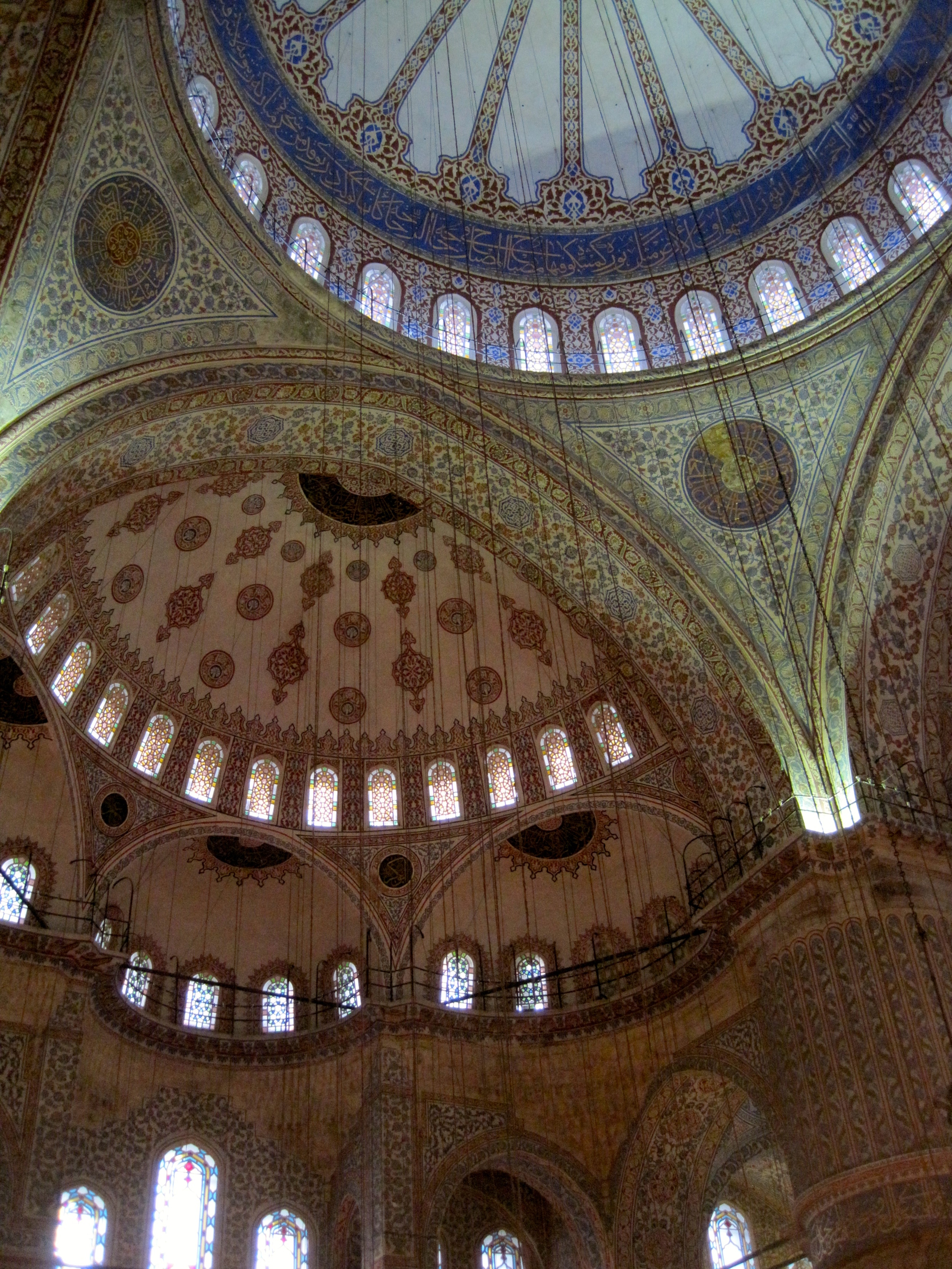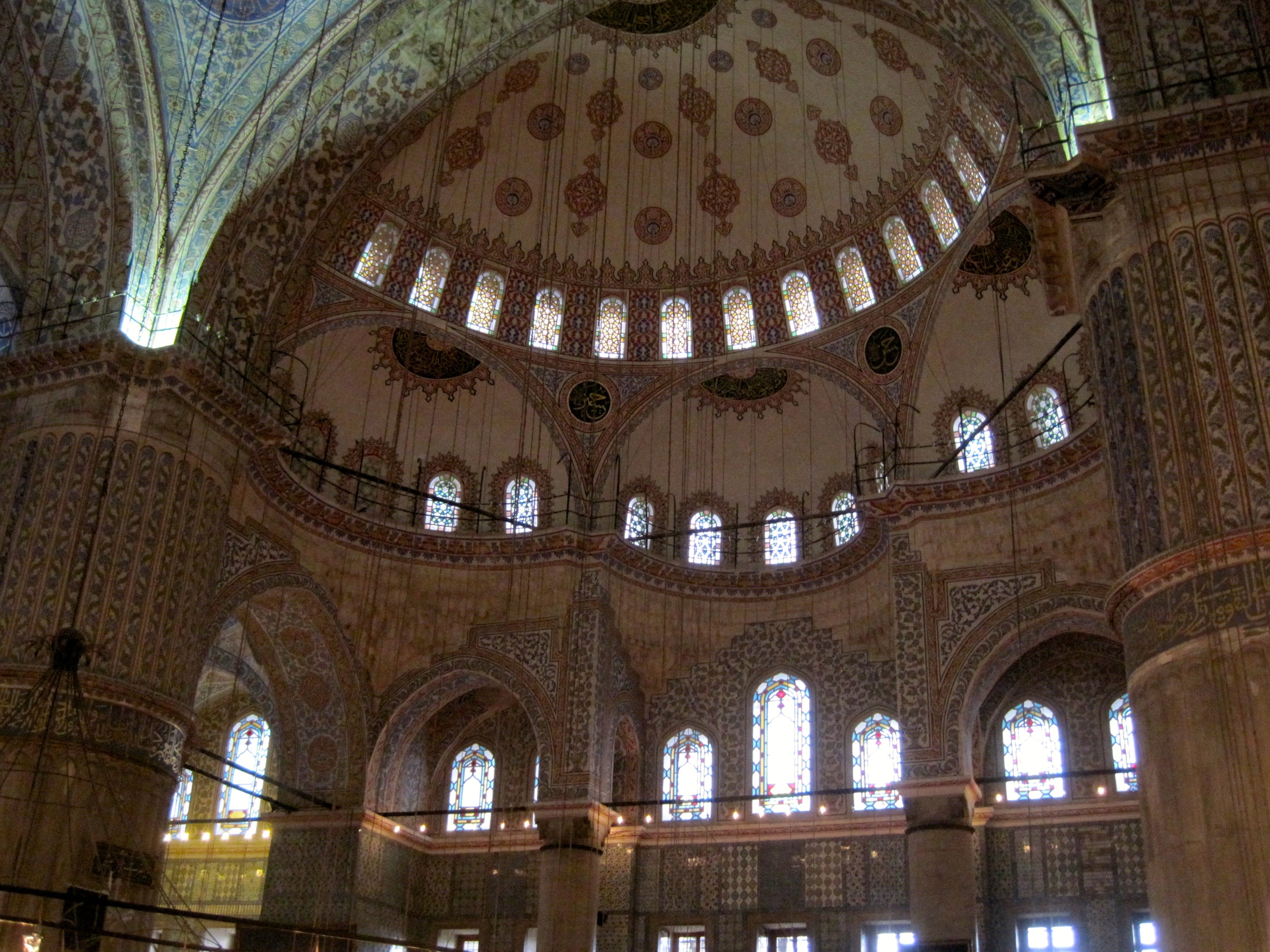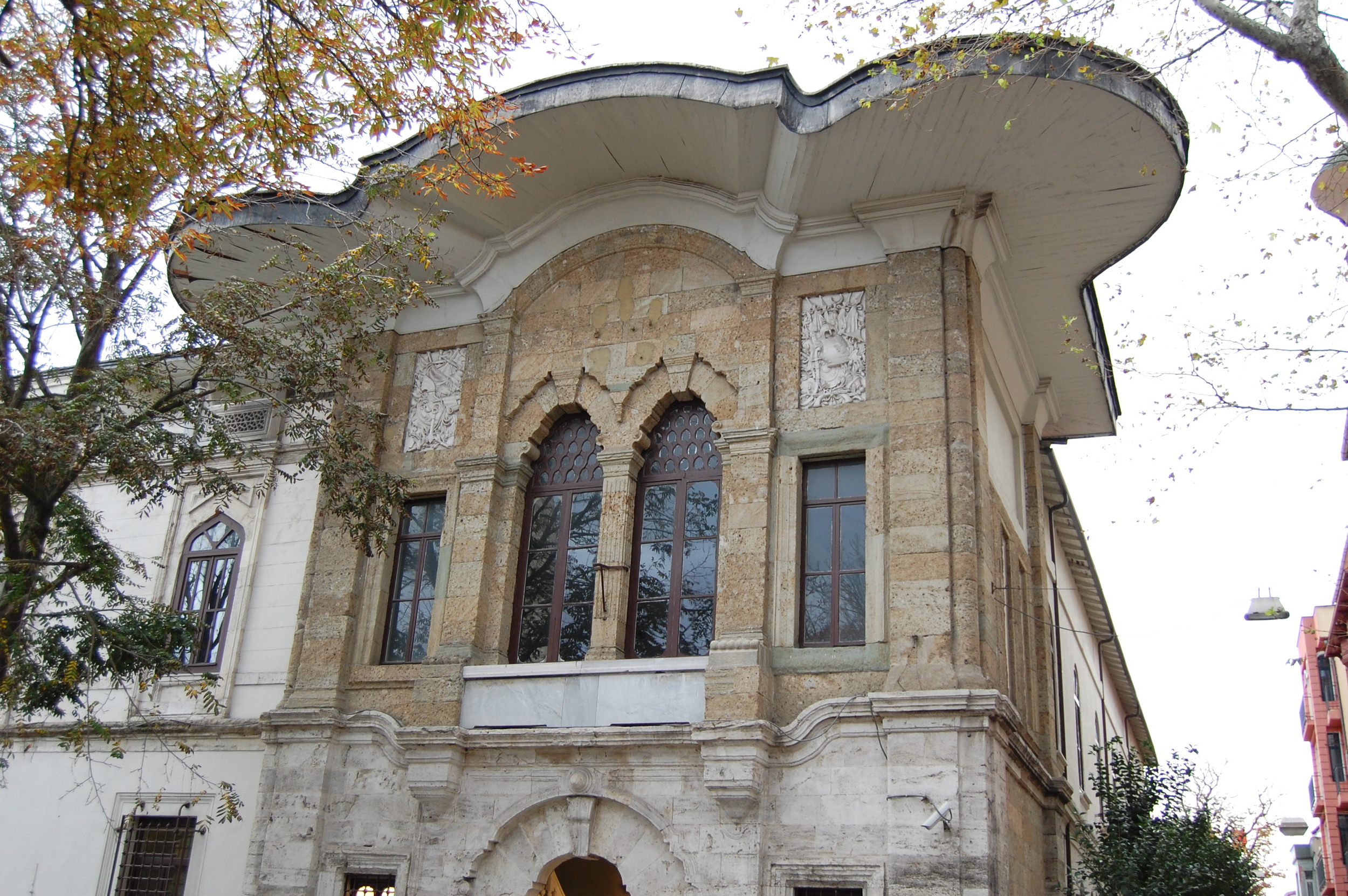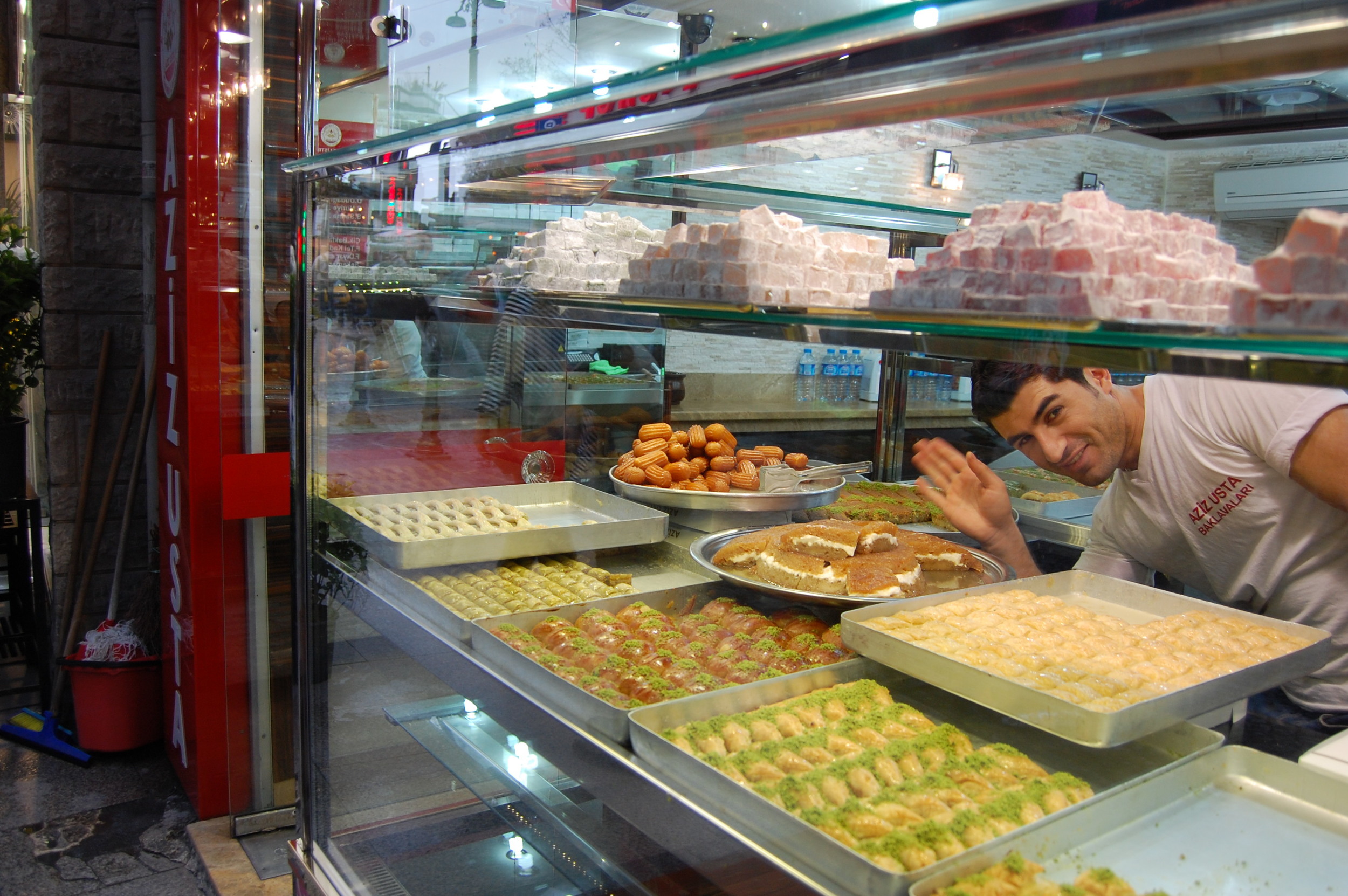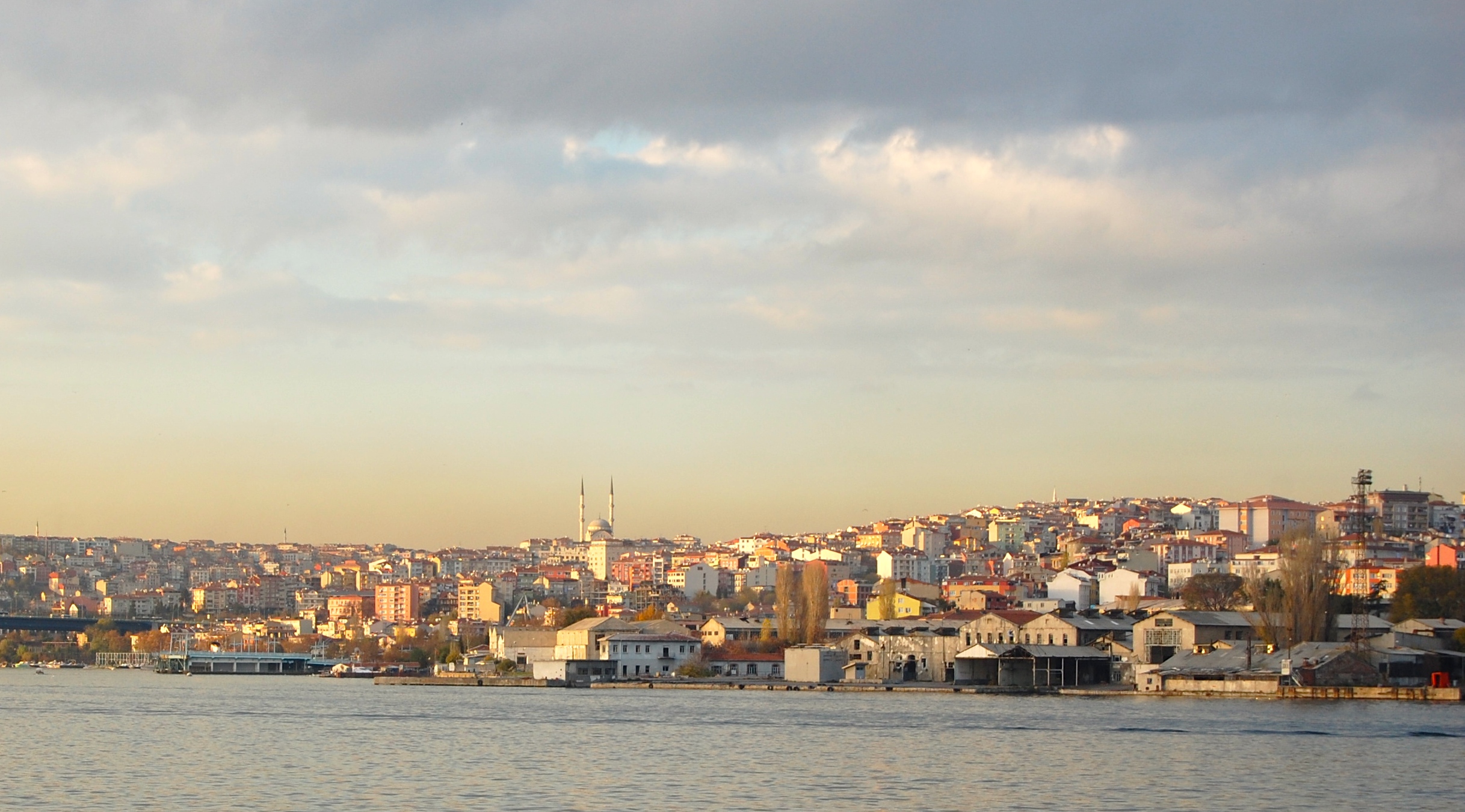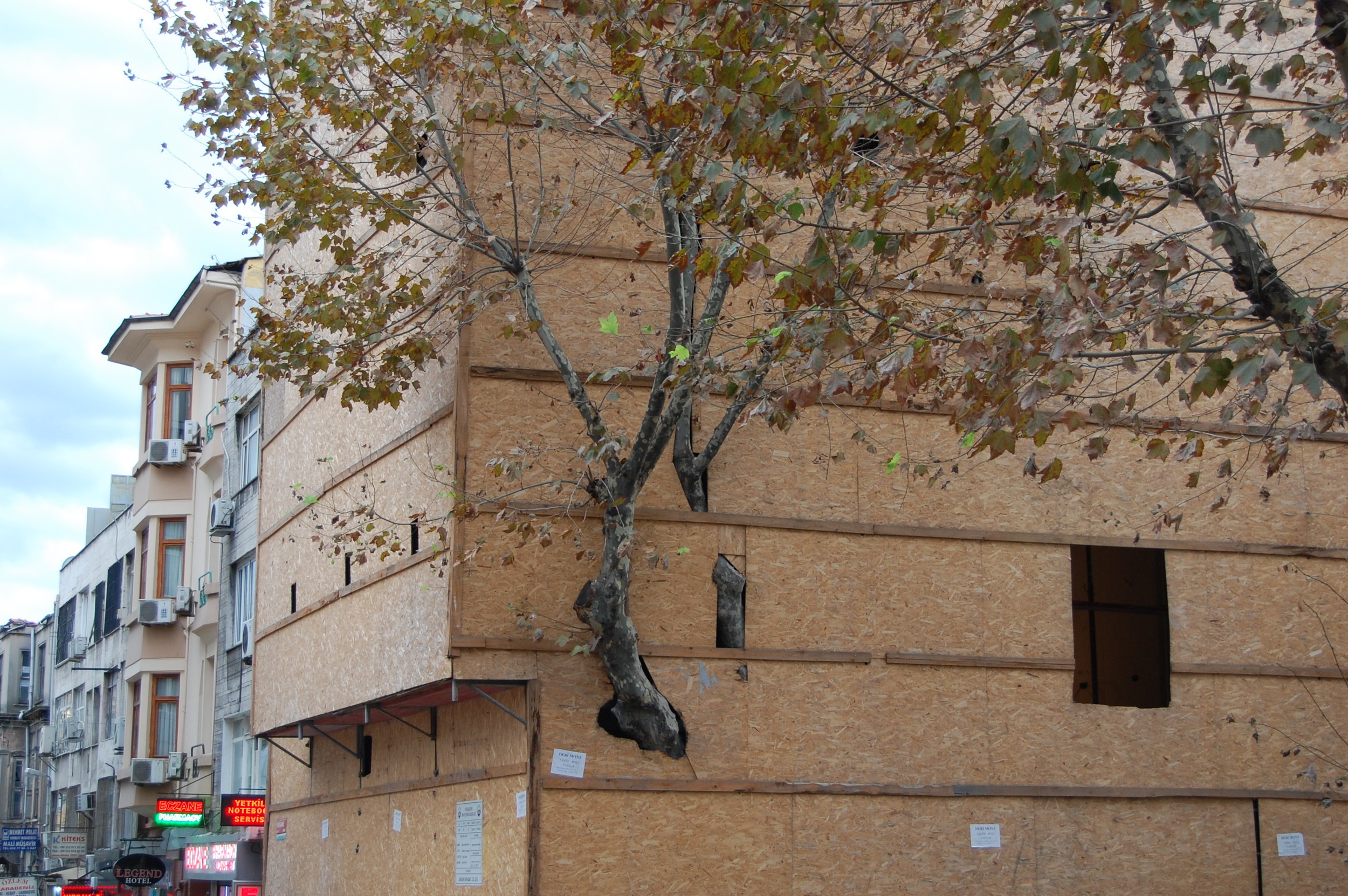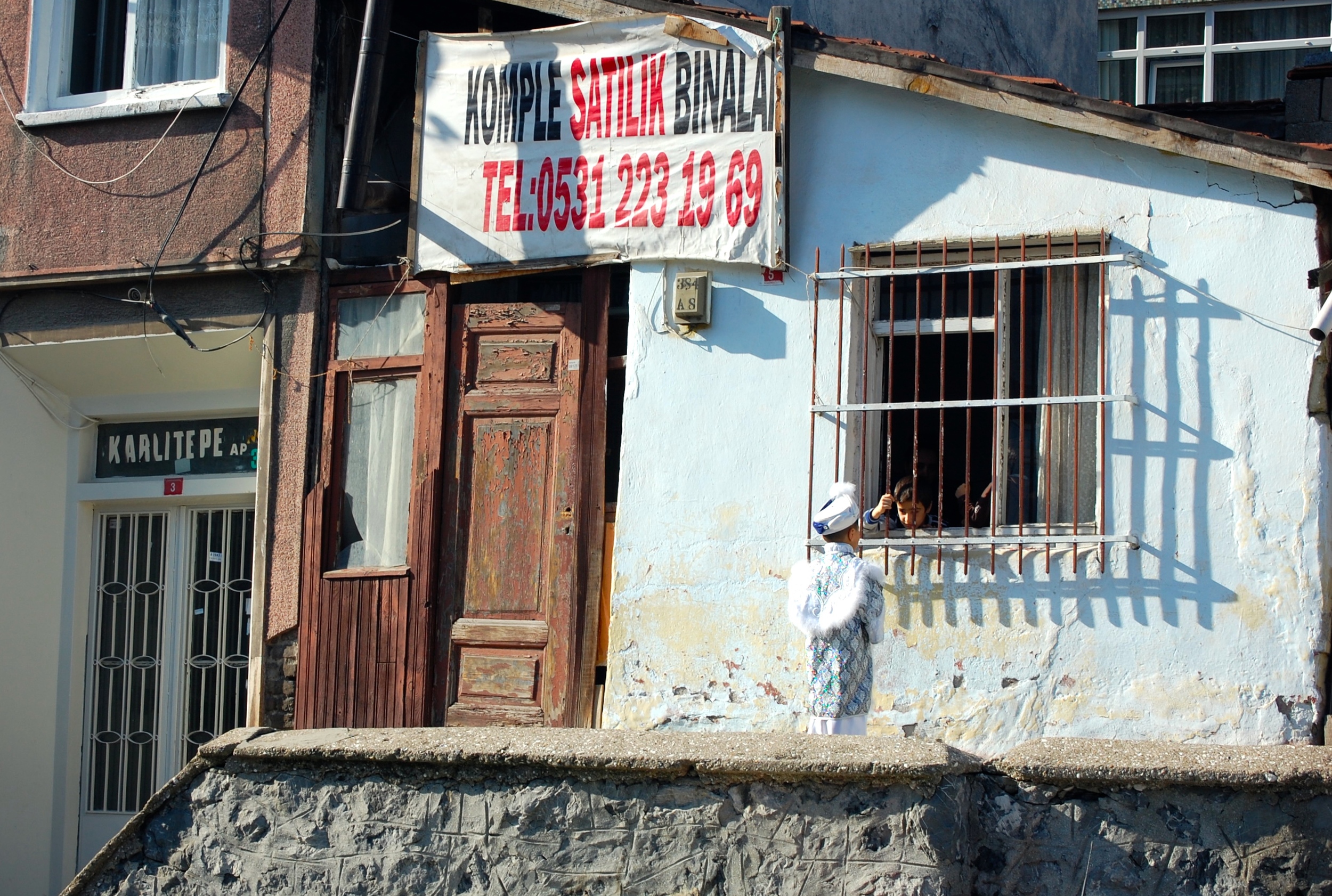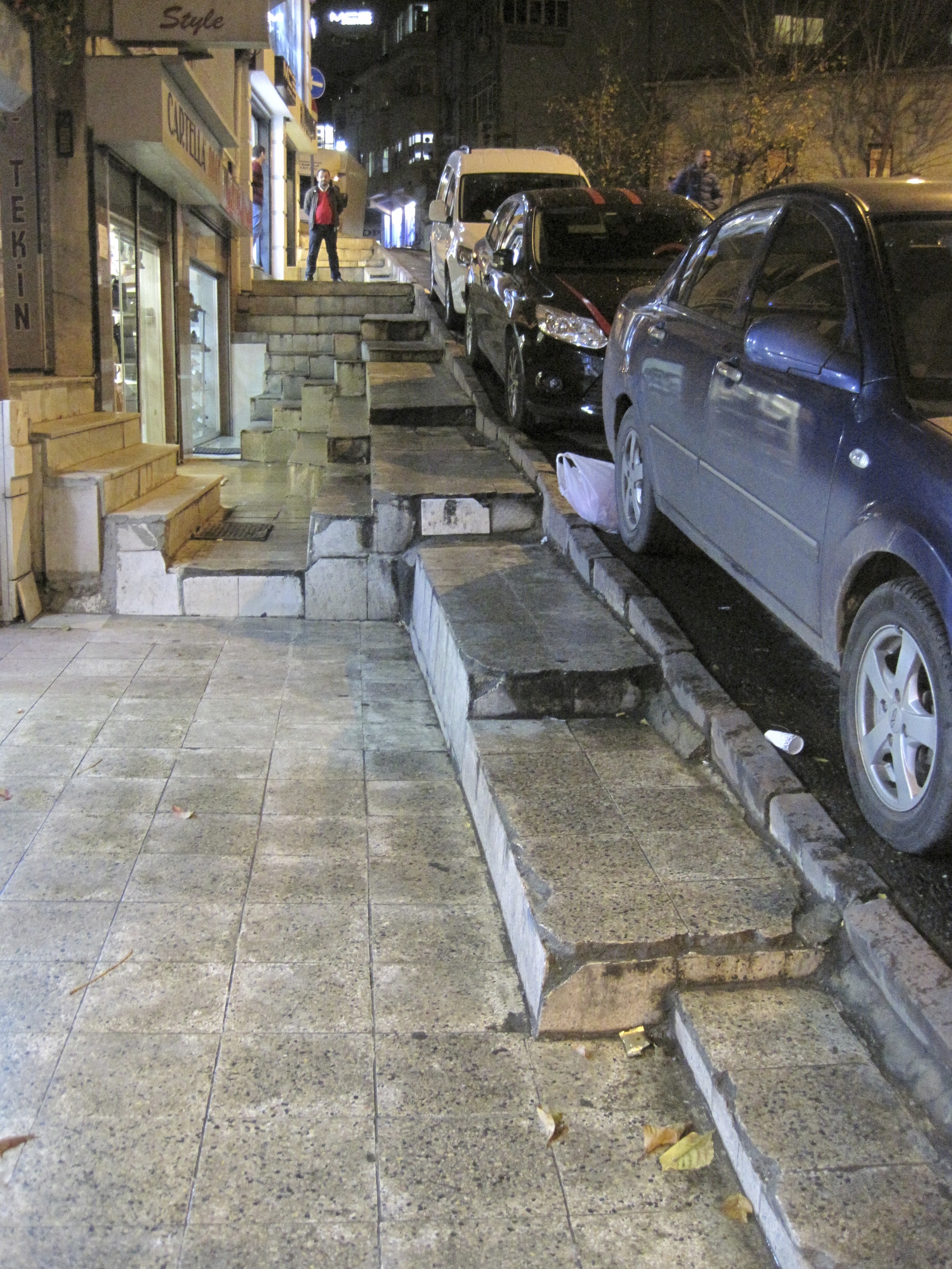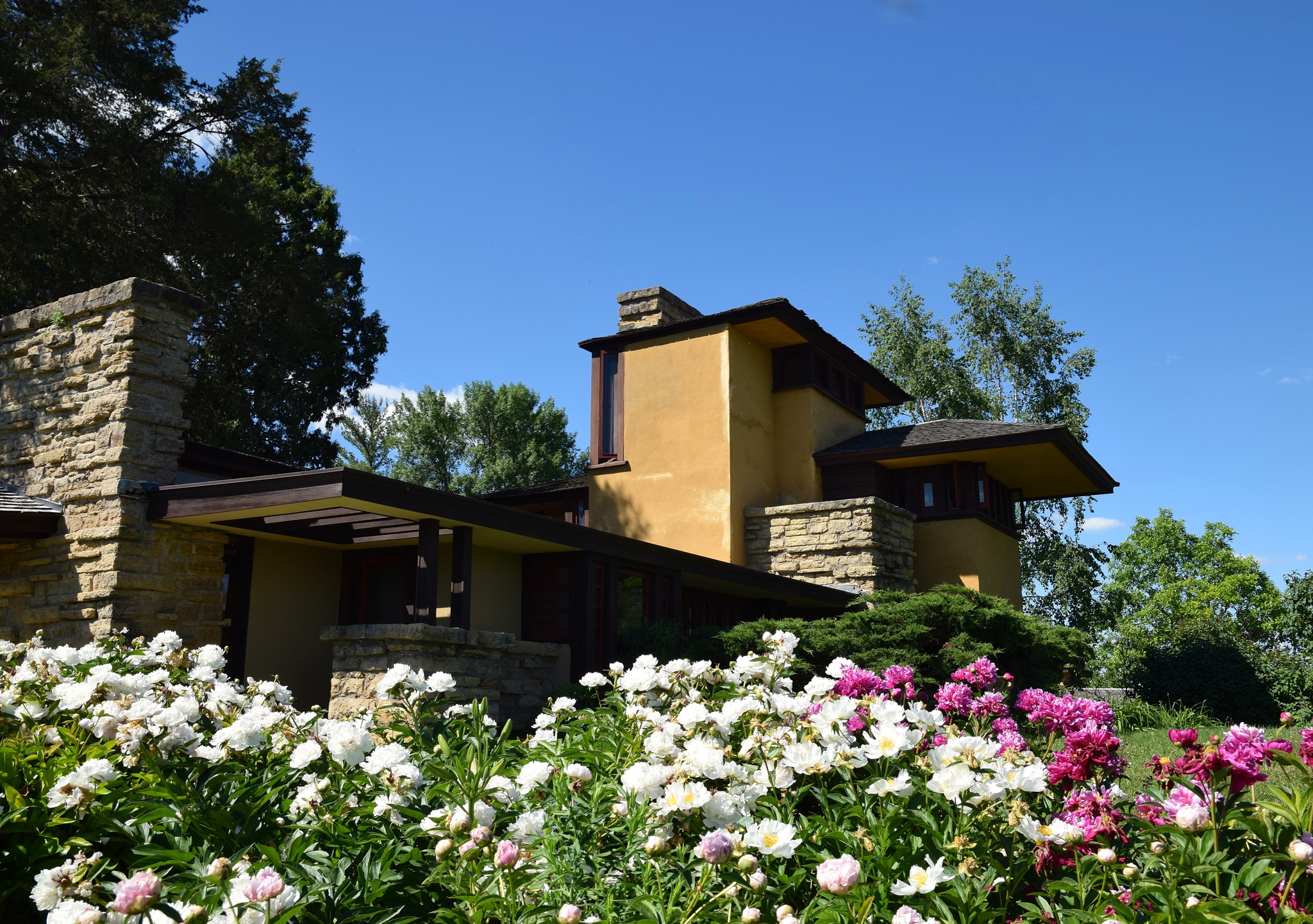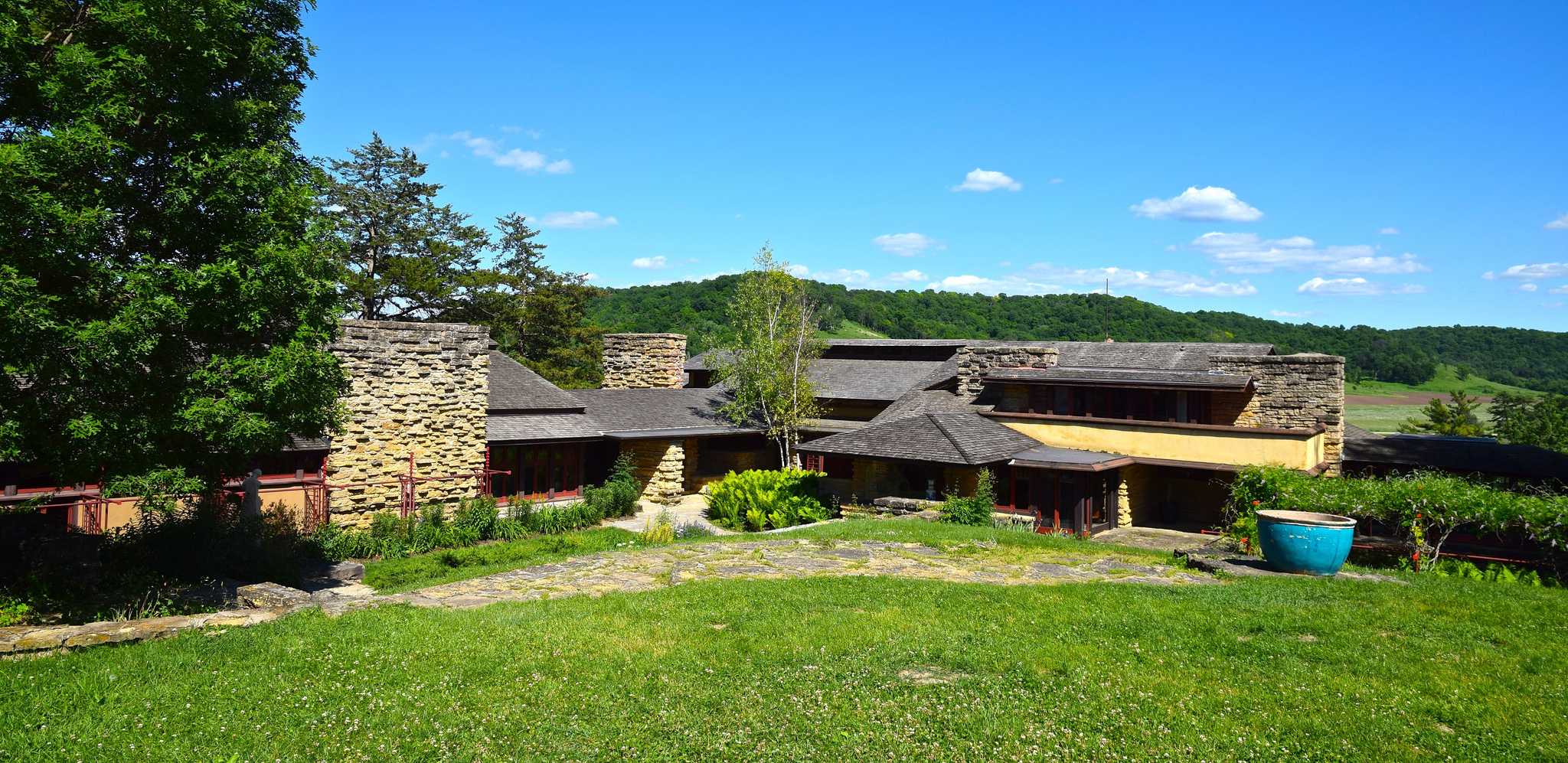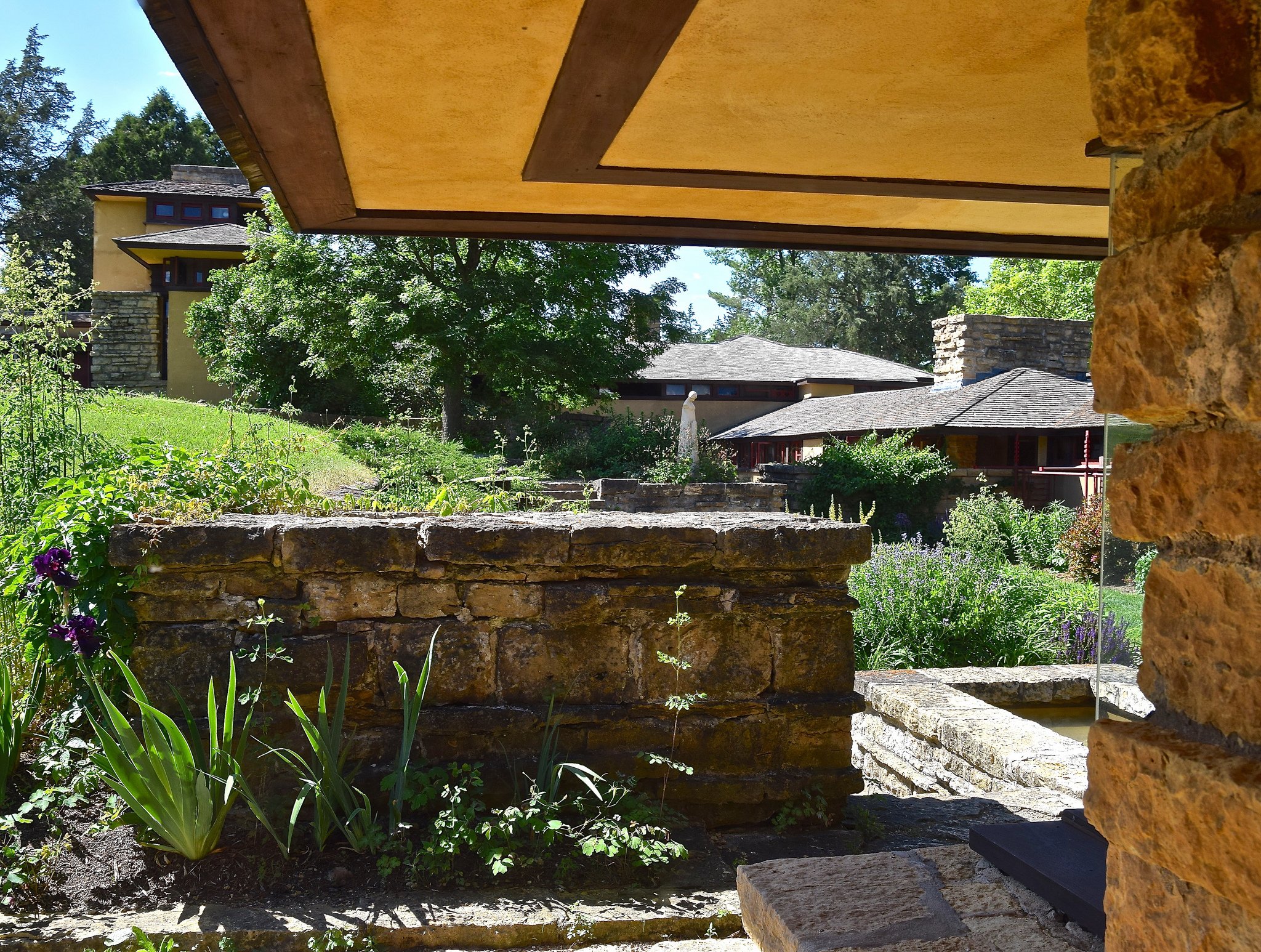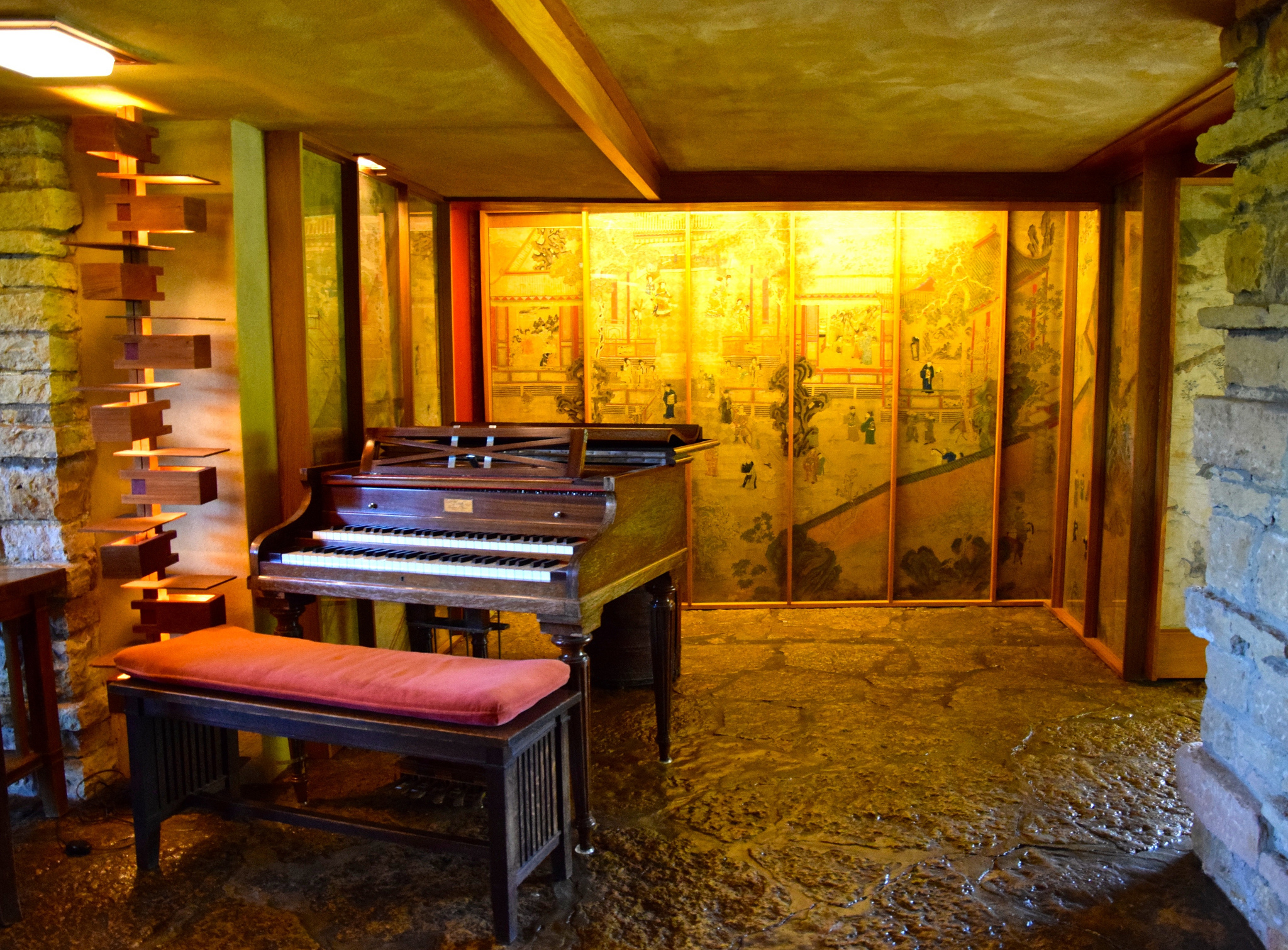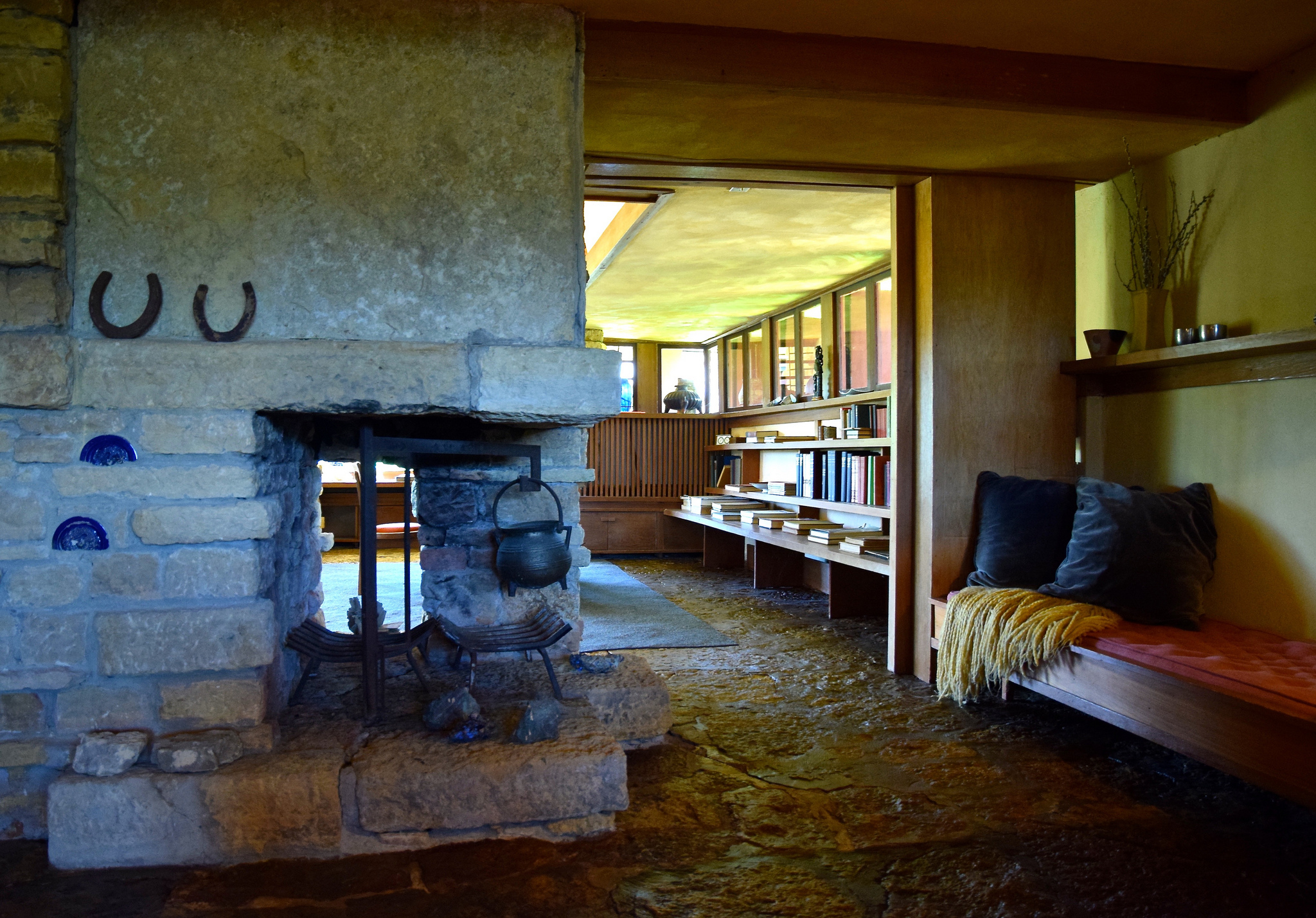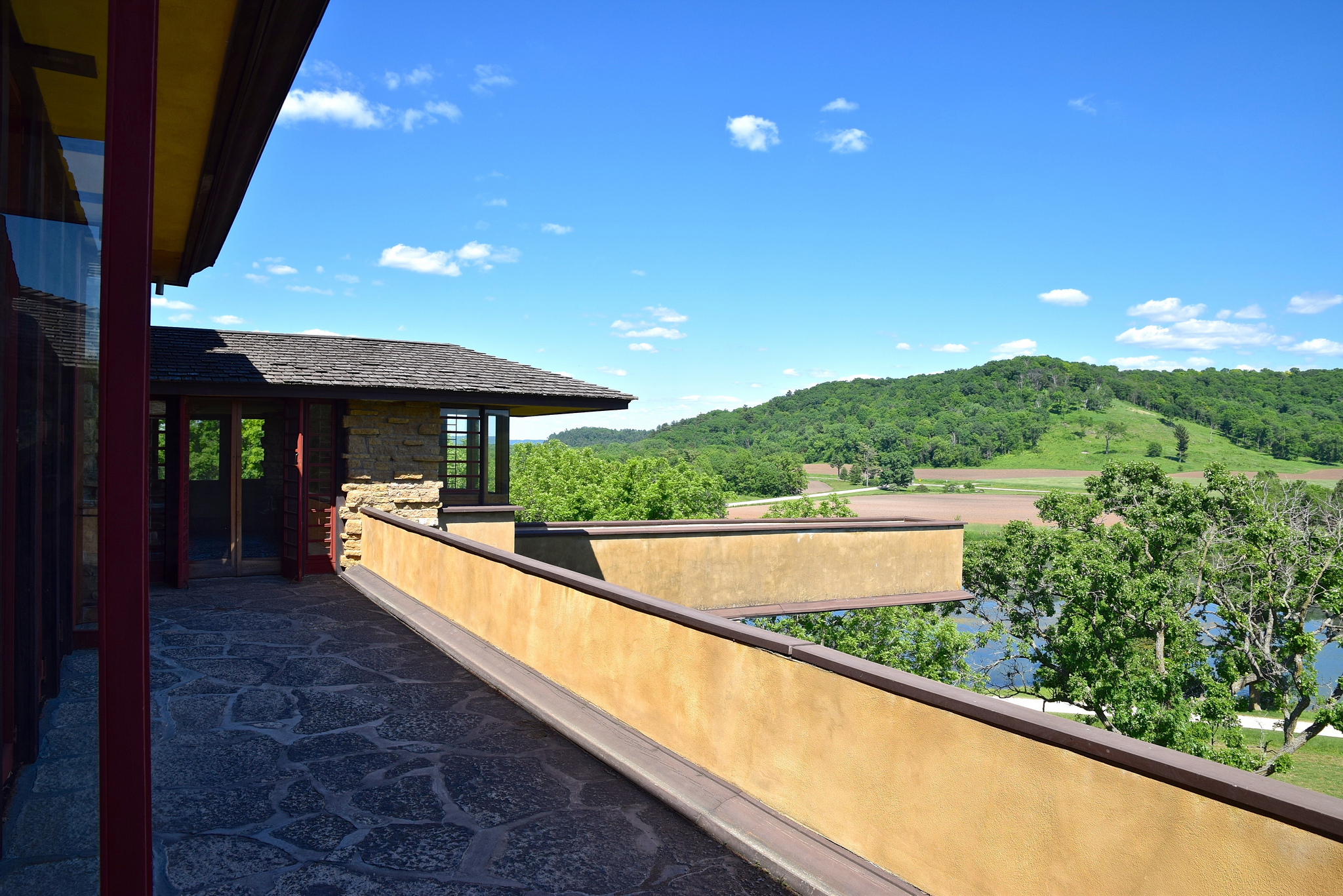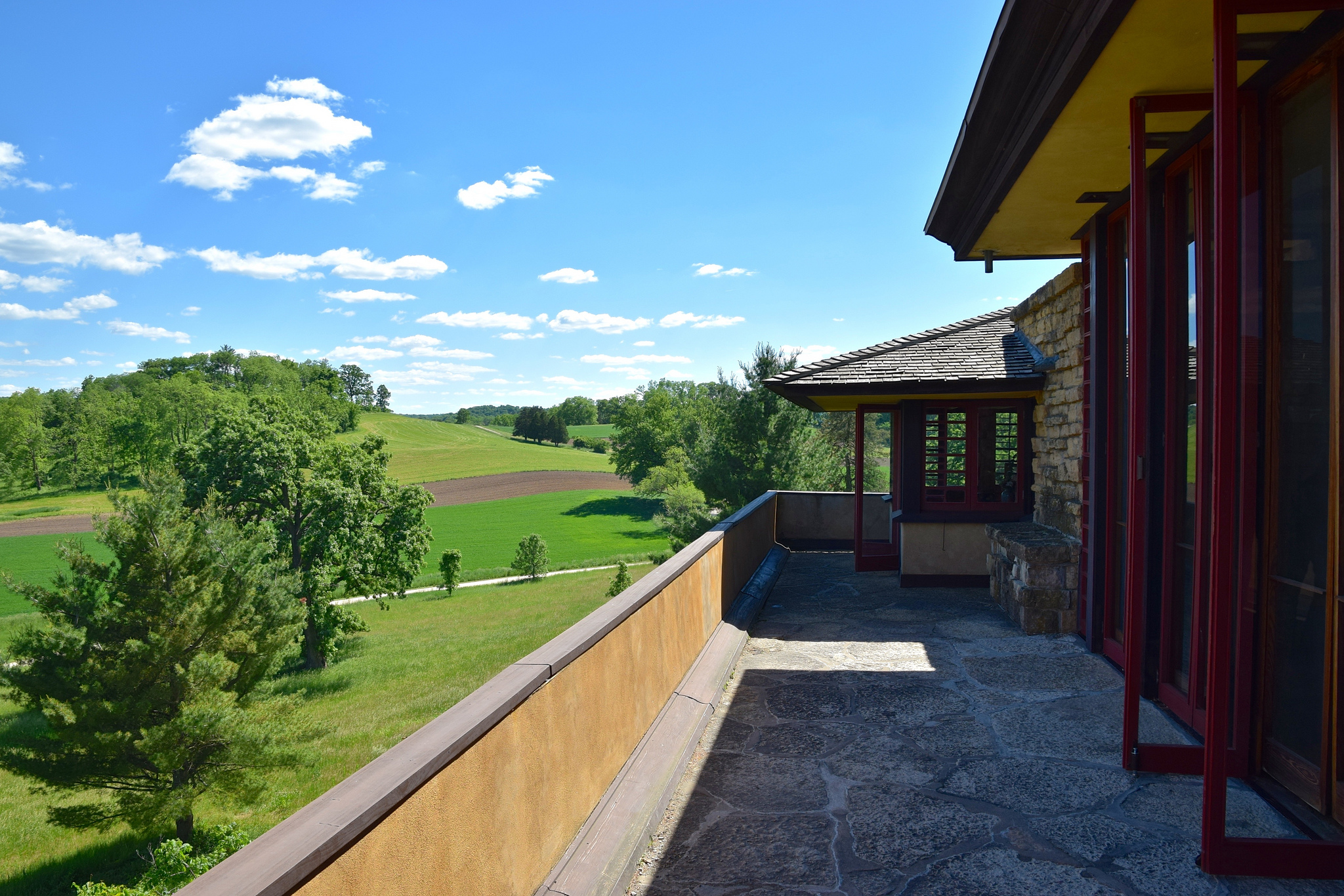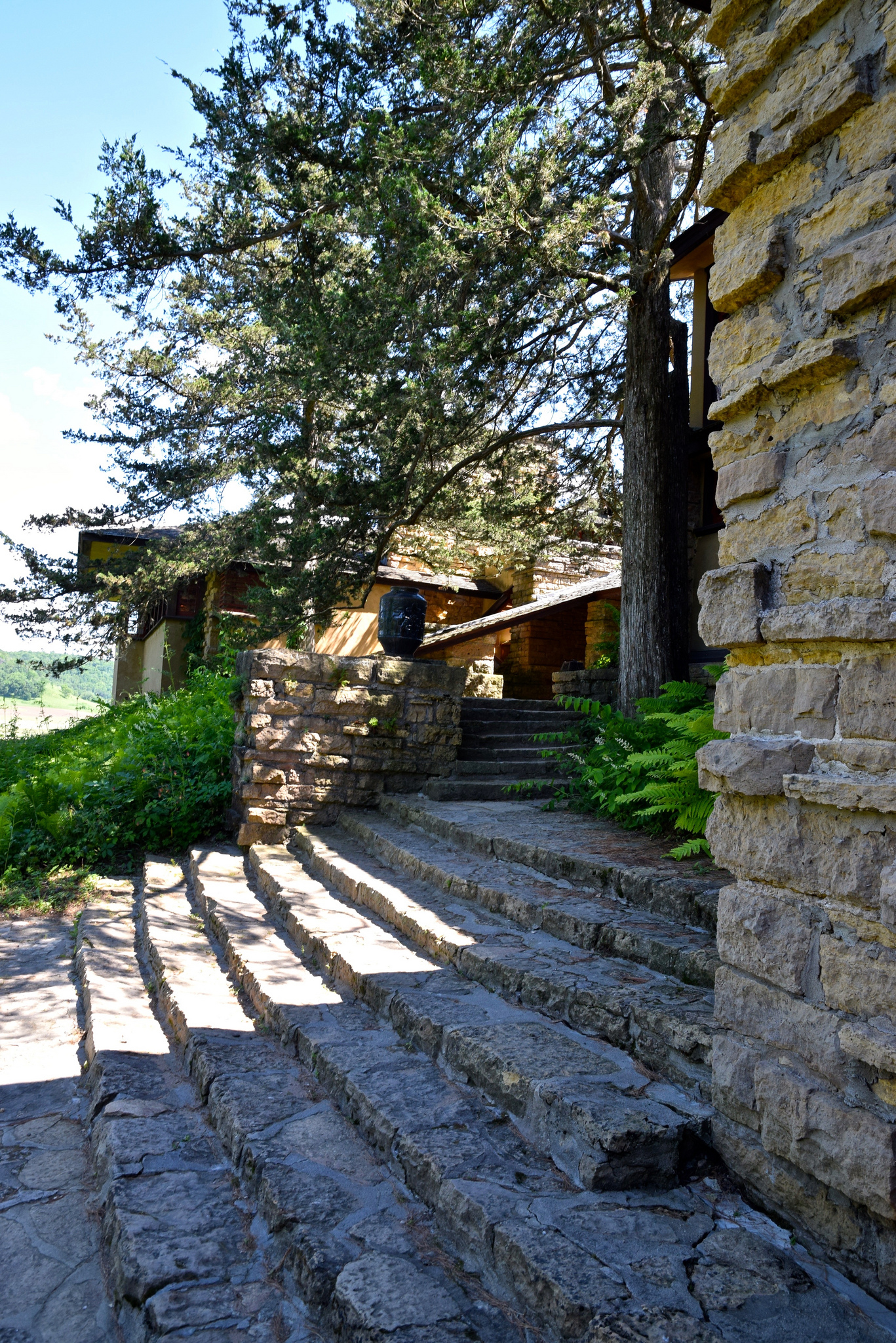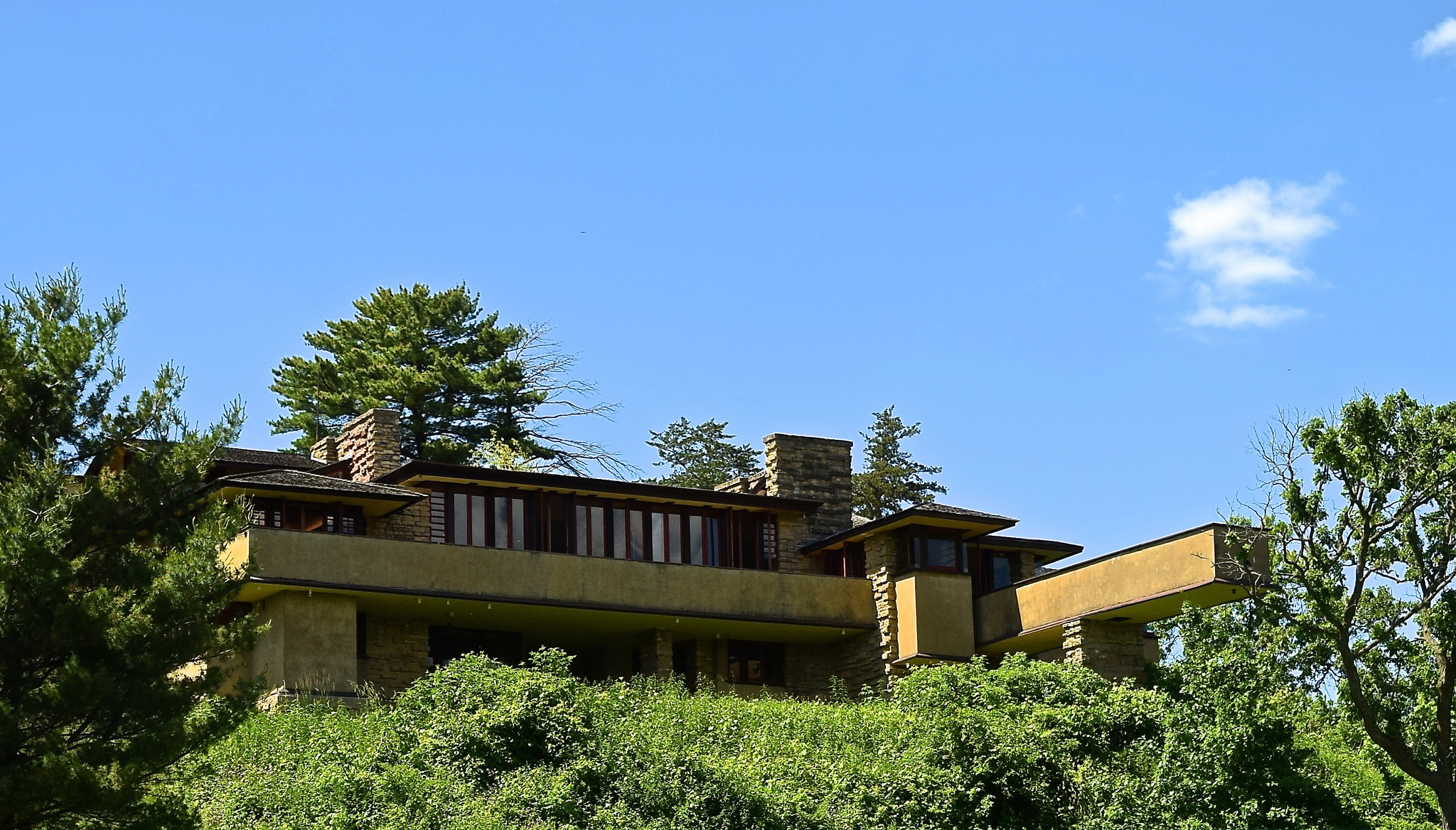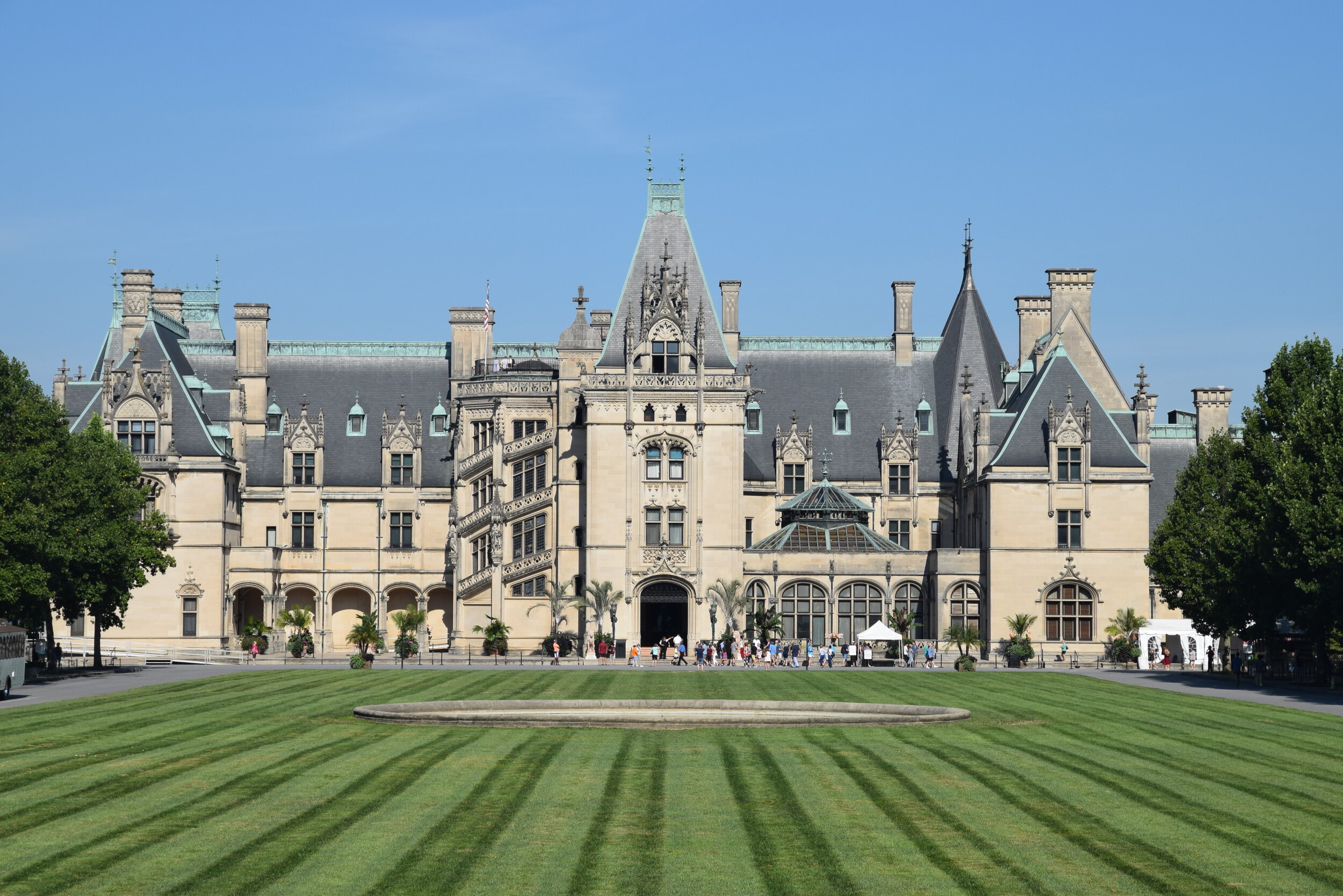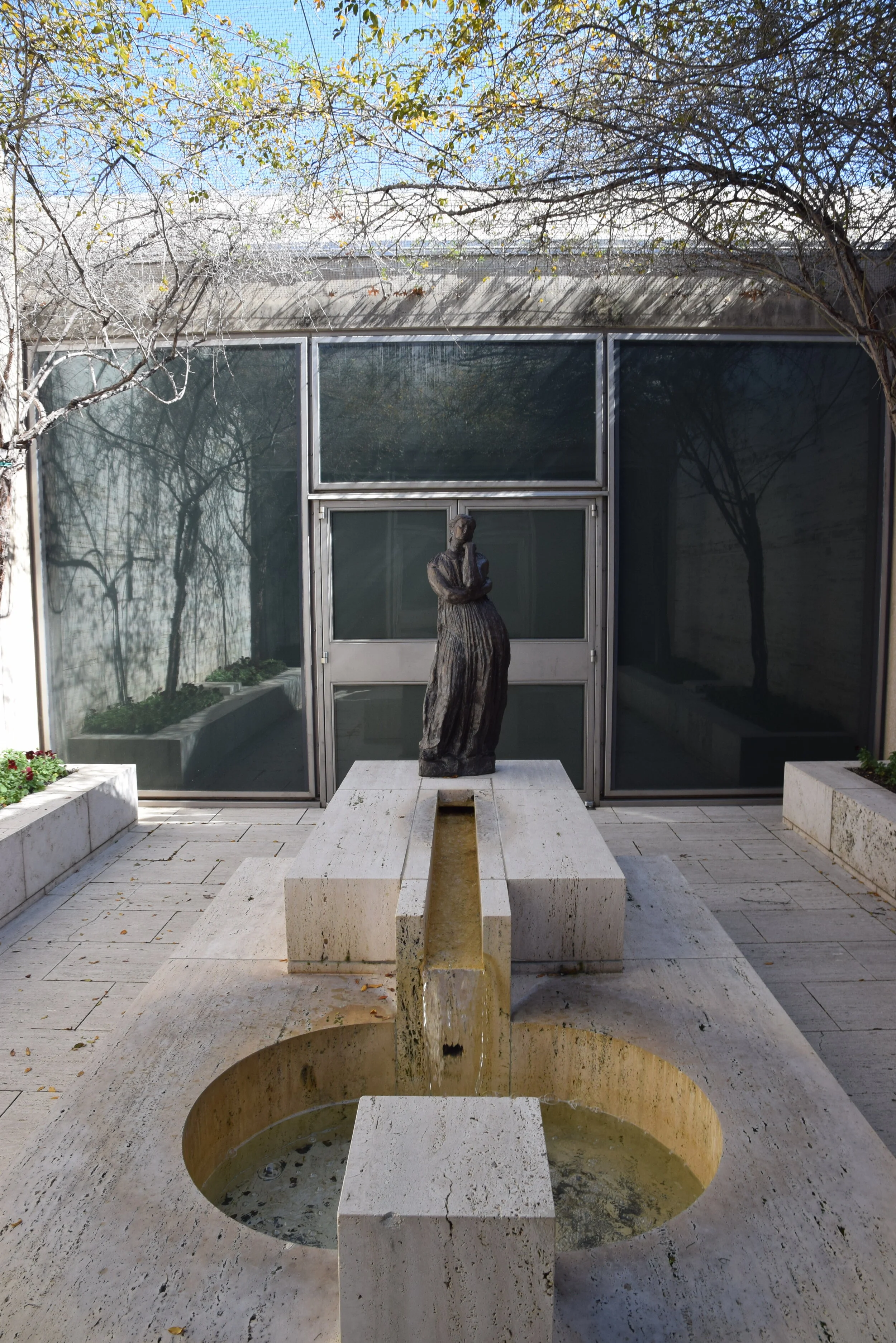Beautifully Bizarre: A City on Two Continents
/Glass Mosaic Lamp Hanging in a Turkish Shop
One could argue that most long-standing cities have a history filled with many changes. So, it is common to see ancient next to modern, or find a historic section of a city to see examples of its past. Istanbul is no different, but there is more at work here.
The city is divided by the Bosphorus strait and holds the distinction of being in both Europe and Asia. This duality is evident in small ways, like the ability to easily pay for things with either Euros or Turkish Lira. Due to the city's amount of tourism, sometimes even US dollars can be used. Istanbul, and Turkey for that matter, is mostly in Asia, but it used to be part of Byzantine Empire, and therefore is home to ancient Christian churches and historic sites. Some might find this surprising because today, Turkey describes itself as a secular culture, though its people are primarily Muslim. This fact is obvious in the abundance of mosques throughout the city. This combination of diverse influences makes a very exotic city. Here is a small to-do list when visiting Istanbul to understand its complex history and ensure a good time.
Visit Hagia Sophia and the Blue Mosque
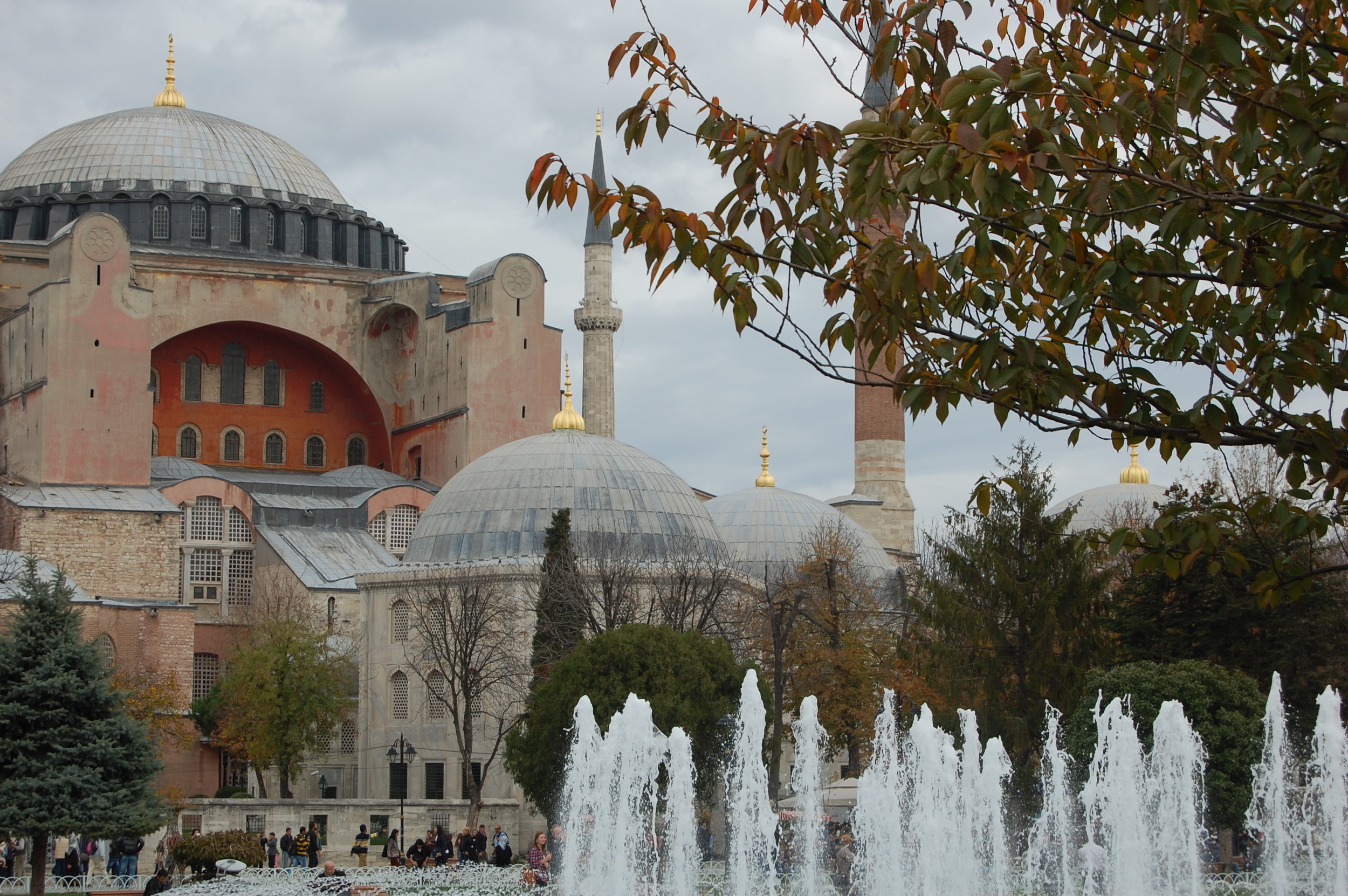
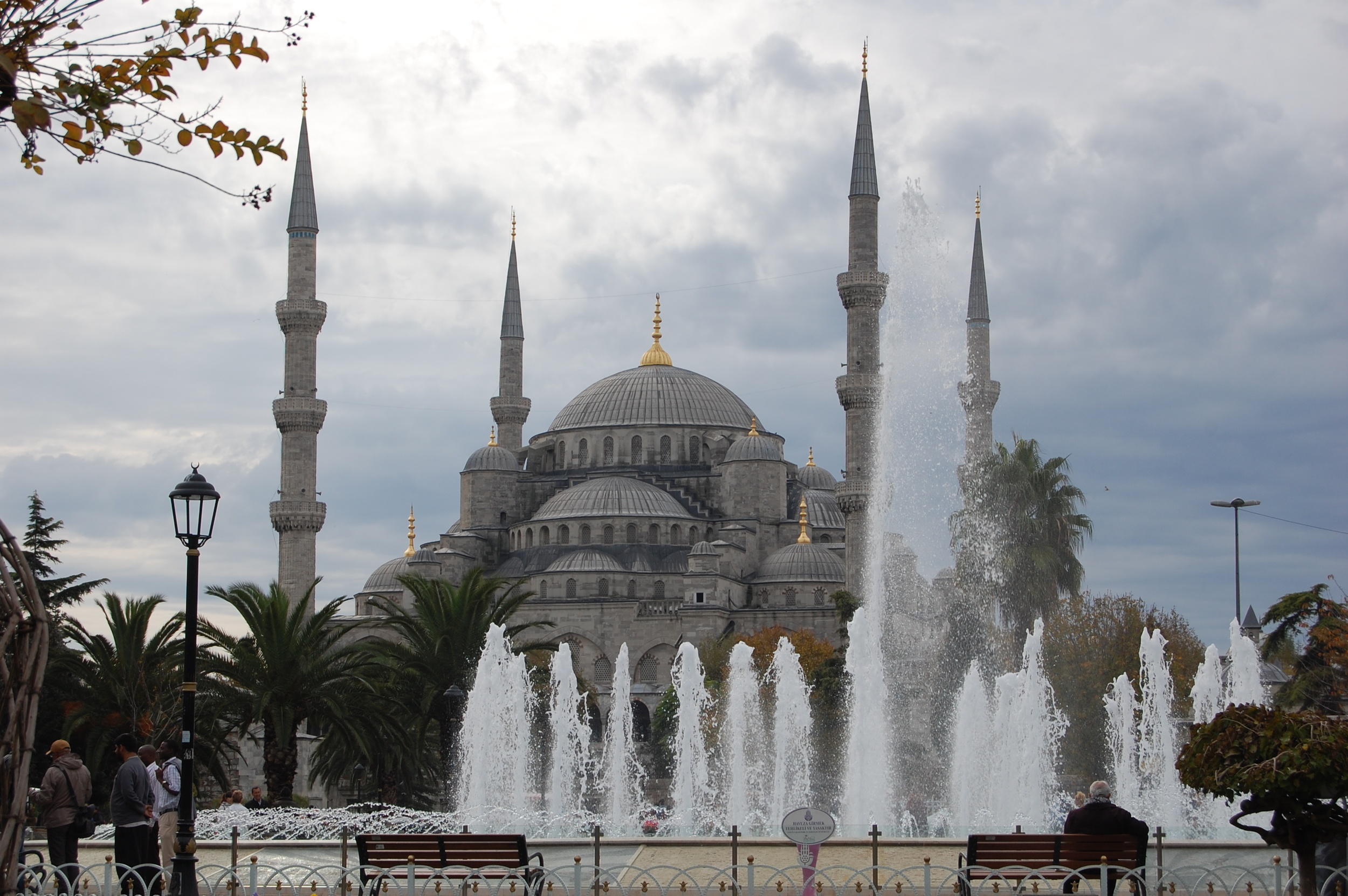
These two magnificent structures are across from one another in large plaza and serve as a good history lesson. As the song goes, Istanbul was Constantinople. In 330 the city was named after Constantine the Great, The Roman Emperor. Yes, that’s approximately 1,600 years ago. Serving as the capital city of the Roman Empire and the Christian church (Rome came later) Constantinople was extremely wealthy and received much attention. Constantine the Great converted to Christianity, and in 532 one of world’s greatest religious architectural buildings, Hagia Sophia (Holy Wisdom) was constructed there. For 1,000 years this enormous structure would be the largest cathedral in the world. Hagia Sophia is touted as a prime example of Byzantine Architecture, known for a series of domes that cluster to buttress a central dome. This structural ingenuity creates a massive interior and a floor plan with a minimum number of columns needed to support the central dome. Besides its impressive domes, another Byzantine Architectural characteristic is the mosaics at Hagia Sophia; historians have uncovered some of the original Christian iconography from before the church was converted to a mosque.
Byzantine Architecture also influenced the Blue Mosque’s design. There is a noticeably similar cluster of domes building to a central dome, as at Hagia Sophia. Inside there are mosaics as well; however, due to the Muslim religious practice forbidding the depiction of God, Islamic art and architecture is filled with ornate geometric patterns. All mosques have minarets, tall towers from which the call to prayer is announced, and the Blue Mosque has a distinguishable six, while others have only four. Hagia Sophia’s minarets are not original and were added when it was converted to a mosque. Today, minarets have speakers on them, and the call to prayer is heard throughout the city several times a day.
Get Fresh Squeezed Pomegranate Juice
Turkish food is wonderfully tasty, and if you followed the above recommendation of visiting Hagia Sophia and The Blue Mosque, you are now in a plaza filled with plenty of local food options. The best experience though is fresh pomegranate juice. Pomegranates thrive in this area of the world. They contain lots of tiny red seeds that are tart and delicious. Because of the many seeds they historically symbolize fertility and abundance, but more recently, they are known for being high in antioxidants. If you thought they harvest all those tiny seeds to press into juice…guess again. They simply clip off the top, press the whole fruit and filter the pulp from the juice!
Walk the City
This is crucial for understanding any city, especially ancient ones that were constructed without cars in mind and traveled through by foot. It is also the best way to see what the city has to offer. In Istanbul you will many beautiful sites:
Shop at the Grand Bazaar
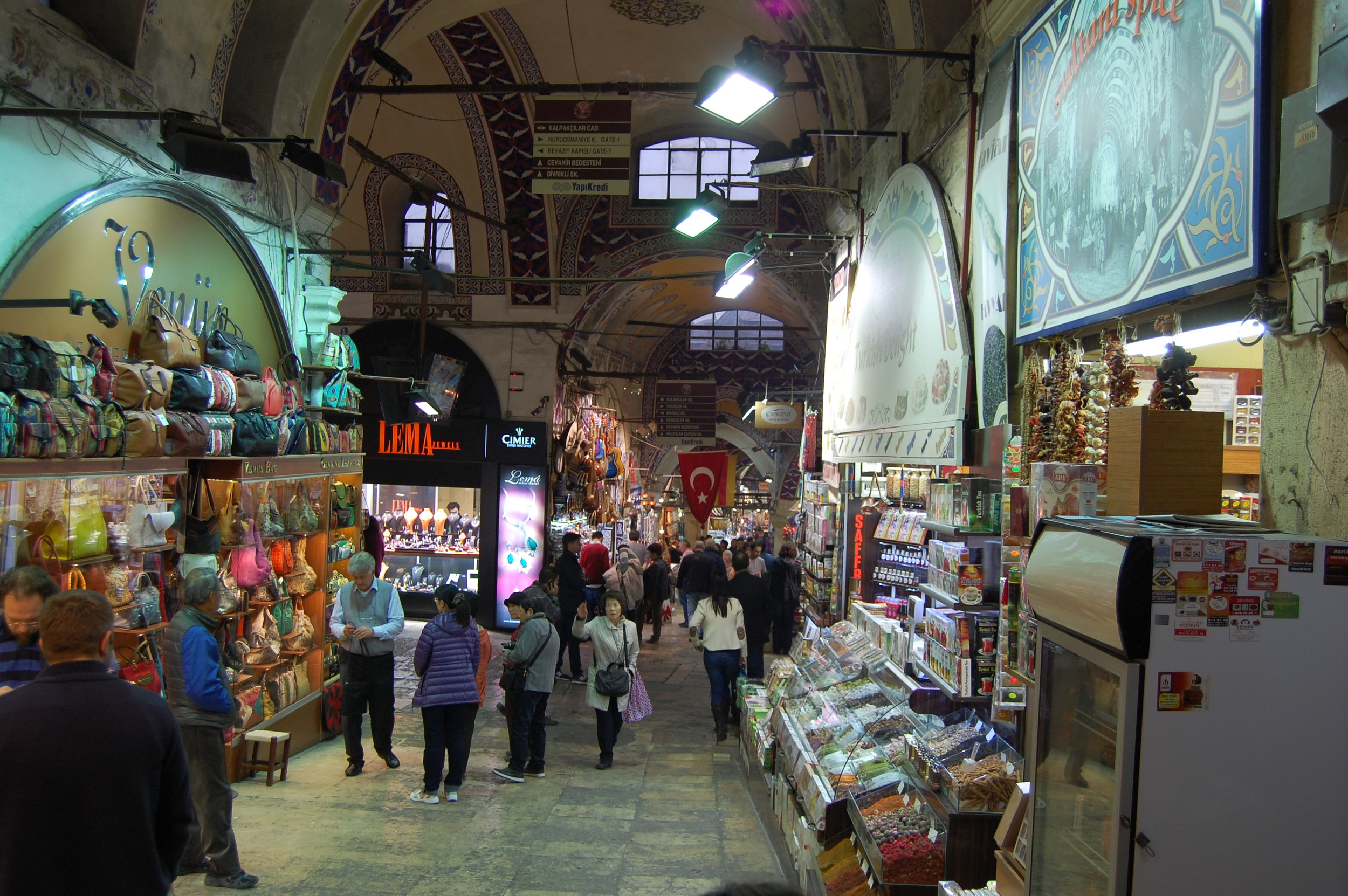

There is nothing quite like the Grand Bazaar. It is a roofed market that goes for many blocks. It has multiple entry points, so it may be hard to find your way back to where you entered. Once inside, be prepared for some attention, as the various shop owners compete for a potential sale. Like many markets around the world, it is expected to negotiate a better price than the original offer. Or you can use my favorite technique: stick to the original price and add merchandise. The biggest surprise, though, is the enormous size of the Grande Bazaar. If while looking at rugs or dishes you cannot find a pattern or certain color you like, it is not uncommon for the shop owner to run away to another part of the market and bring back additional options from his friend’s store. The Bazaar can be intimidating, but if you go in with a budget and some friends, it is certain to be a fun and unforgettable experience. The Bazaar is really a microcosm of Istanbul. Like the city, it is eclectic, mixes the old with the new, the authentic with kitsch, is friendly, and among all of this there are some real treasures to be found.

